Imagine a bustling market where countless vendors shout about their goods.
Some scream louder, others wave banners, but only a few catch the eye.
These few have something unique, something irresistible that sets them apart.
This uniqueness is their lifeline.
In today’s business world, standing out is not just important; it’s essential.
A Unique Selling Proposition (USP) is that vital lifeline.
It’s what makes a business not just survive but thrive in a sea of competitors.
 Key Takeaways
Key Takeaways
- A Unique Selling Proposition (USP) highlights what sets your business apart and attracts customers.
- Identifying your target audience's needs and preferences is crucial for crafting an effective USP.
- Analyze competitors to find gaps and opportunities for differentiation.
- Ensure your USP focuses on clear, specific benefits rather than generic claims.
- Consistently integrate your USP across all branding and marketing channels for maximum impact.
A USP is the cornerstone of a business’s identity.
It defines why customers should choose your product or service over others.
Think of it as the secret ingredient in your recipe for success.
Without it, you blend into the background.
With it, you shine.
A strong USP highlights the unique benefits your business offers, creating a compelling reason for customers to pick you.
It’s the answer to the fundamental question every customer asks:
“Why should I choose you?”
For example, Apple’s USP lies in its seamless integration of hardware and software, offering a user experience that is unmatched.
This sets Apple apart in a crowded market.
Another example is FedEx, whose USP is reliable, overnight delivery, captured perfectly in their slogan “When it absolutely, positively has to be there overnight.”
 Table of Contents
Table of Contents
By the end of this article, you’ll understand how to create a powerful USP that sets your business apart.
You’ll learn practical steps to craft a USP that not only attracts but retains customers.
We’ll dive into real-world examples, offer tools and templates, and provide actionable insights.
This article will equip you with the knowledge to define and communicate your unique value, ensuring your business stands out and succeeds.
Whether you’re a small business owner or an established entrepreneur, mastering your USP is key to unlocking growth and achieving lasting success.
By leveraging these resources and insights, you can ensure your business’s USP is not only effective but also evolves with changing customer needs and market conditions.
Understanding the Unique Selling Proposition (USP)

Definition: A Unique Selling Proposition (USP) is a distinct and compelling reason why customers should choose your product or service over competitors.
It’s a clear statement that highlights the unique benefits and value your business offers.
Essentially, a USP is the core of what makes your business special.
It’s not just about being different; it’s about being better in a way that matters to your customers.
A strong USP answers the question, “Why should I buy from you?”
Purpose: Your USP differentiates your business from competitors.
It positions your brand in the minds of consumers, making it the preferred choice for their needs.
A well-crafted USP communicates the unique value you provide, which competitors cannot easily replicate.
This differentiation creates a competitive edge, helping you attract and retain customers.
In a crowded marketplace, a clear USP cuts through the noise, capturing the attention of your target audience and converting interest into sales.
For example, Domino’s Pizza built its USP around a powerful promise: “You get fresh, hot pizza delivered to your door in 30 minutes or less – or it’s free.”
This promise addressed a common customer pain point – delivery time – and set Domino’s apart from other pizza chains.
The Benefits of a Strong USP

It’s a powerful tool that can drive business growth and success.
In short, your USP will attract customers, build brand loyalty, provide a competitive edge, and enhance marketing clarity.
1. Customer Attraction:
A clear USP draws in potential customers by directly addressing their needs and desires.
When your USP resonates with what your target audience values most, it acts like a magnet.
Customers quickly understand why your product or service is the best choice for them.
For example, Dollar Shave Club’s USP, “A great shave for a few bucks a month,” attracts customers looking for quality and affordability in their grooming routine.
According to a survey by Kurve, 90% of B2B buyers research 2-7 websites before making a purchase.
This shows that your potential customs will only become your customers if they see that you provide the remedy to their problem BETTER than your competition.
Your USP helps you stand out from the rest.
2. Customer Loyalty:
Building trust and long-term relationships with customers hinges on a consistent and compelling USP.
When customers find that your business reliably delivers on its promise, they stick around.
This loyalty is not just about repeat purchases but also about advocacy.
Loyal customers often become brand ambassadors, spreading the word about your unique offerings.
For instance, TOMS Shoes’ USP of donating a pair of shoes for every pair purchased has created a loyal customer base that values social impact.
This approach has helped TOMS distribute over 100 million pairs of shoes to children in need.
3. Competitive Advantage:
A strong USP helps you stand out in a crowded marketplace.
It highlights what sets you apart and why customers should choose you over the competition.
This differentiation is crucial in industries where many companies offer similar products or services.
Take Southwest Airlines, for example.
Their USP of no hidden fees and free checked bags sets them apart in the airline industry, where additional fees are the norm.
This clear advantage attracts cost-conscious travelers looking for transparency and value.
4. Clarity in Marketing Efforts:
A well-defined USP streamlines your marketing efforts by providing a clear, consistent message across all channels.
It ensures that your marketing communications are focused and cohesive, which improves engagement and conversion rates.
When your marketing team knows exactly what makes your business unique, they can craft messages that resonate more effectively with your audience.
For example, Slack’s USP of “a messaging app for teams that replaces email” simplifies their marketing message, making it easy for potential customers to understand the value Slack brings to their workflow.
According to BairesDev’s article, this clarity in messaging has significantly contributed to Slack’s rapid growth, now boasting over 12 million daily active users.
Real-World USP Analysis
A strong Unique Selling Proposition (USP) can transform a small business from struggling to thriving.
Crafting a compelling USP requires understanding what your customers value most and how you can deliver that in a way your competitors cannot.
Here we’ll analyze 17 case studies showcasing how businesses have leveraged their USPs to achieve success.
Each company’s unique approach to meeting customer needs demonstrates how a strong USP can lead to brand growth and differentiation in the marketplace.
1. Apple:

- USP: Seamless integration of hardware and software, delivering an unparalleled user experience.
- Overview: Apple’s products are known for their sleek design, intuitive interfaces, and innovative features. Their USP is encapsulated in the slogan, “Think Different,” which appeals to customers who value creativity and innovation.
- Success: Apple has created a loyal customer base and a strong brand identity, leading to its position as one of the most valuable companies in the world.
- Lessons: Focusing on seamless integration and user experience can create a powerful brand identity and customer loyalty.
- Source: Apple
2. Warby Parker:

- USP: “Try 5 frames at home for free.”
- Overview: Warby Parker revolutionized the eyewear industry by introducing a home try-on program, allowing customers to select and test frames at home before purchasing, combined with affordable pricing.
- Success: The company’s innovative approach and competitive pricing helped it grow rapidly, reaching a valuation of $6.8 billion in 2021.
- Lessons: Offering a unique and convenient shopping experience can set you apart in a crowded market.
- Source: Warby Parker
3. Southwest Airlines:

- USP: Commitment to low fares and excellent customer service.
- Overview: Southwest’s “Bags fly free” policy and no hidden fees approach differentiate them in the airline industry. They emphasize a fun and friendly flying experience.
- Success: Southwest has cultivated a loyal customer base and maintained strong financial performance, becoming a major player in the airline industry.
- Lessons: Offering transparent pricing and excellent service can build customer trust and loyalty.
- Source: Southwest Airlines
4. Dollar Shave Club:

- USP: “A great shave for a few bucks a month. No commitment. No fees.”
- Overview: Launched in 2011, Dollar Shave Club disrupted the razor industry with its innovative subscription-based model, offering high-quality razors at an affordable price directly to consumers.
- Success: By offering convenience and affordability, Dollar Shave Club attracted millions of subscribers and was acquired by Unilever for $1 billion in 2016.
- Lessons: Addressing a common pain point with a simple, clear USP can lead to significant market disruption and success.
- Source: Dollar Shave Club
5. Nike:

- USP: Empowering athletes and providing high-quality, performance-driven products.
- Overview: Nike’s slogan, “Just Do It,” inspires and motivates people to push their limits and achieve their goals. The brand is synonymous with athletic excellence and personal achievement.
- Success: Nike has built a strong global presence and a loyal customer base, making it a leader in the sportswear industry.
- Lessons: Inspiring and motivating customers through powerful messaging can drive brand loyalty and market leadership.
- Source: Nike
6. Innocent Drinks:
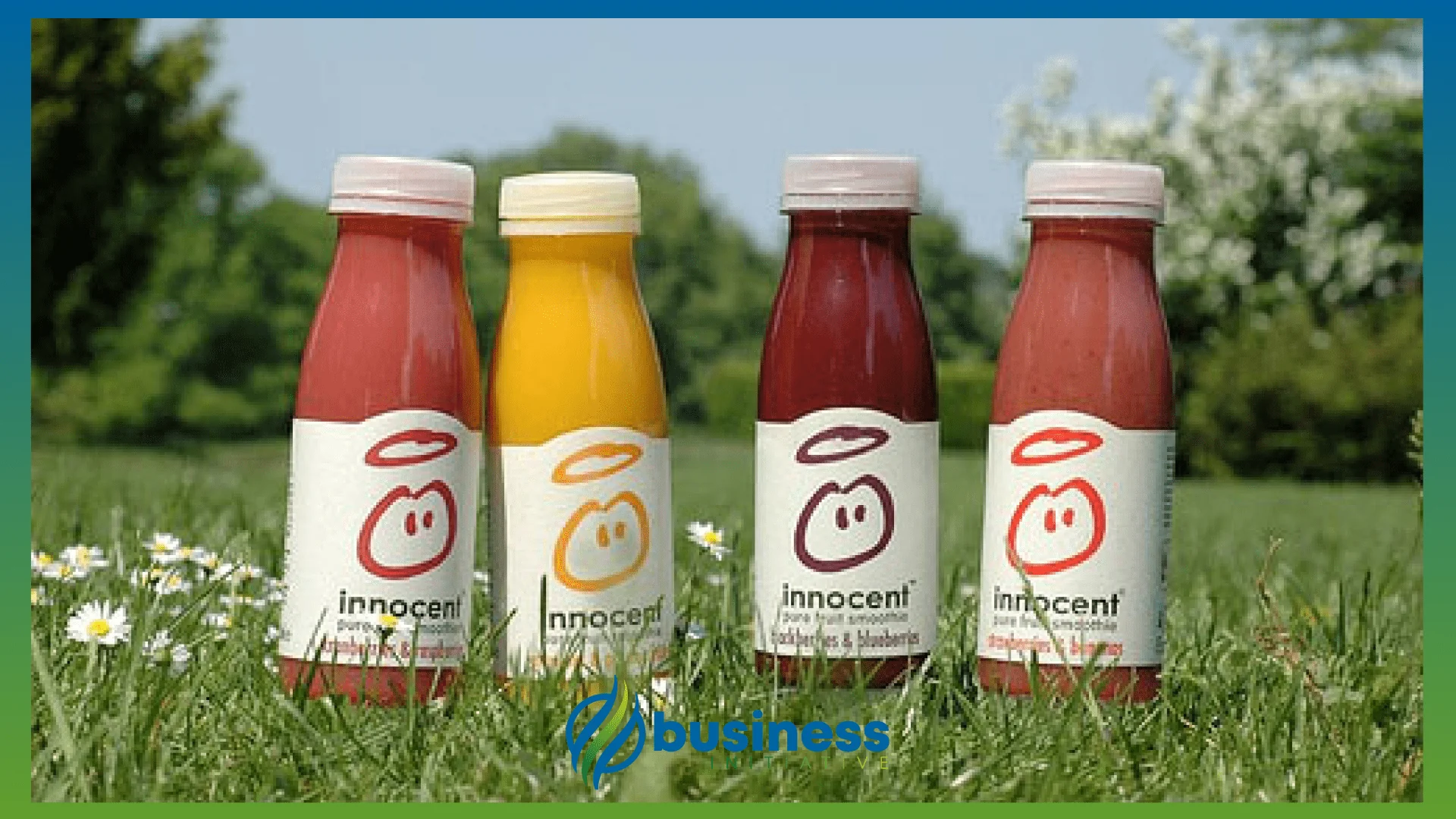
- USP: “Natural, healthy, and ethically sourced smoothies.”
- Overview: Innocent Drinks, founded in 1999, focused on providing healthy beverages made from natural and ethically sourced ingredients, appealing to health-conscious consumers.
- Success: Their commitment to health and sustainability resonated with consumers, leading to significant growth and a majority acquisition by Coca-Cola in 2013.
- Lessons: Aligning your USP with current consumer values, like health and sustainability, can drive success.
- Source: Innocent Drinks
7. Amazon:

- USP: Convenience and customer-centricity.
- Overview: Amazon’s promise of fast, reliable delivery and a vast selection of products at competitive prices sets it apart. The slogan “Earth’s most customer-centric company” reflects their commitment to an exceptional shopping experience.
- Success: Amazon has become a global e-commerce giant, with millions of loyal customers and a strong market presence.
- Lessons: Prioritizing customer convenience and satisfaction can lead to significant business growth and customer loyalty.
- Source: Amazon
8. Rent the Runway:

- USP: “Rent designer dresses for a fraction of the cost.”
- Overview: Founded in 2009, Rent the Runway offers a rental service for high-end fashion, making designer clothing accessible and affordable to a wider audience.
- Success: The company’s USP appealed to fashion-conscious consumers, helping it secure over $190 million in funding and a valuation of $1 billion.
- Lessons: Making luxury affordable and accessible can attract a broad customer base.
- Source: Rent the Runway
9. Tesla:

- USP: Innovation and sustainability.
- Overview: Tesla’s electric vehicles offer cutting-edge technology, high performance, and zero emissions. Their mission, “To accelerate the world’s transition to sustainable energy,” resonates with environmentally conscious consumers and tech enthusiasts.
- Success: Tesla has disrupted the automotive industry and established itself as a leader in electric vehicles and renewable energy solutions.
- Lessons: Focusing on innovation and sustainability can attract a dedicated customer base and position a brand as an industry leader.
- Source: Tesla
10. TOMS Shoes:
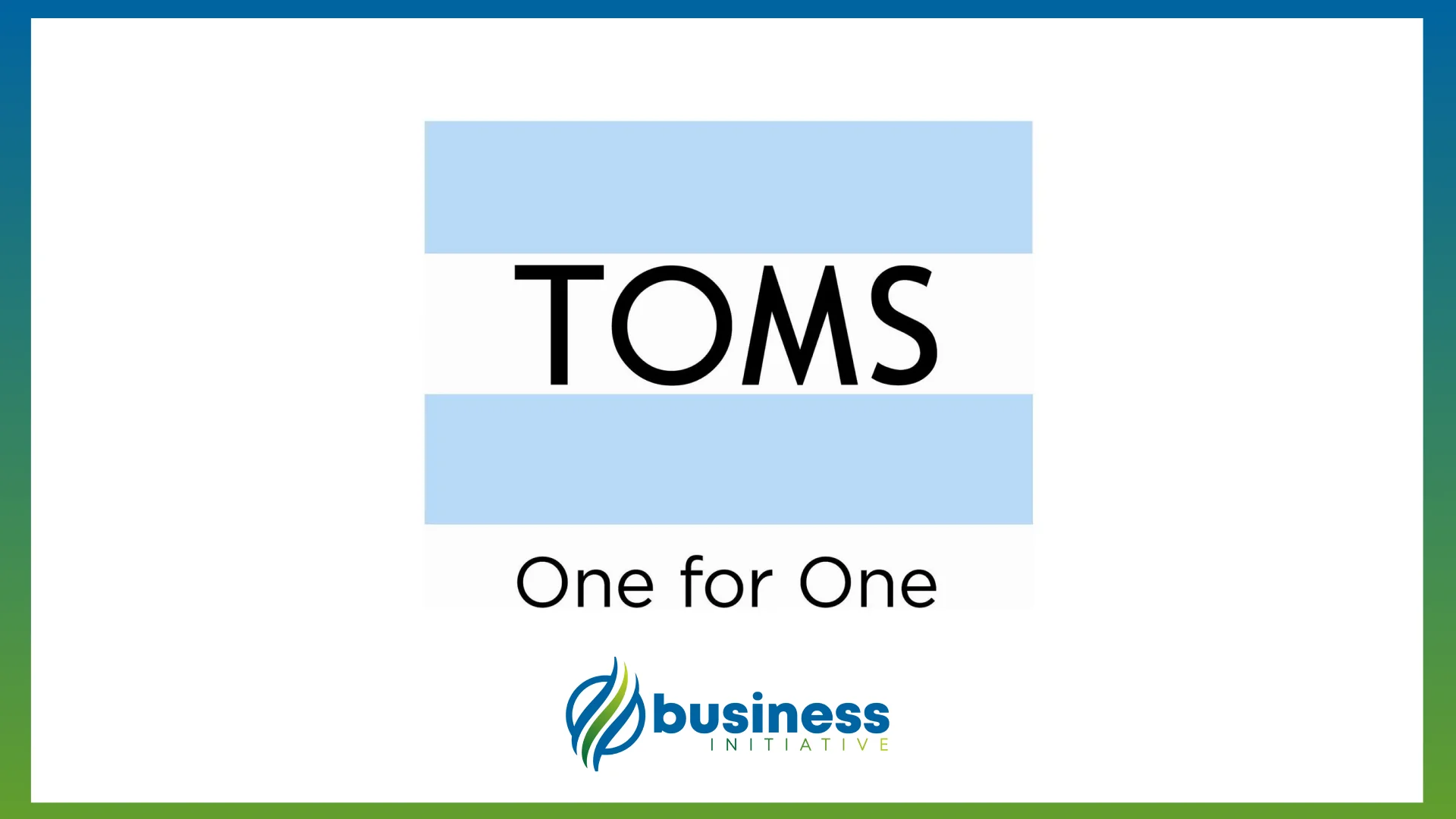
- USP: “One for One. For every pair purchased, a pair is given to a child in need.”
- Overview: TOMS Shoes built its brand around a strong social mission, blending commerce with philanthropy by donating a pair of shoes for every pair purchased.
- Success: This unique model resonated with socially conscious consumers, resulting in the donation of over 100 million pairs of shoes.
- Lessons: A compelling social mission can differentiate your brand and drive customer loyalty.
- Source: TOMS Shoes
11. Blaze Pizza:
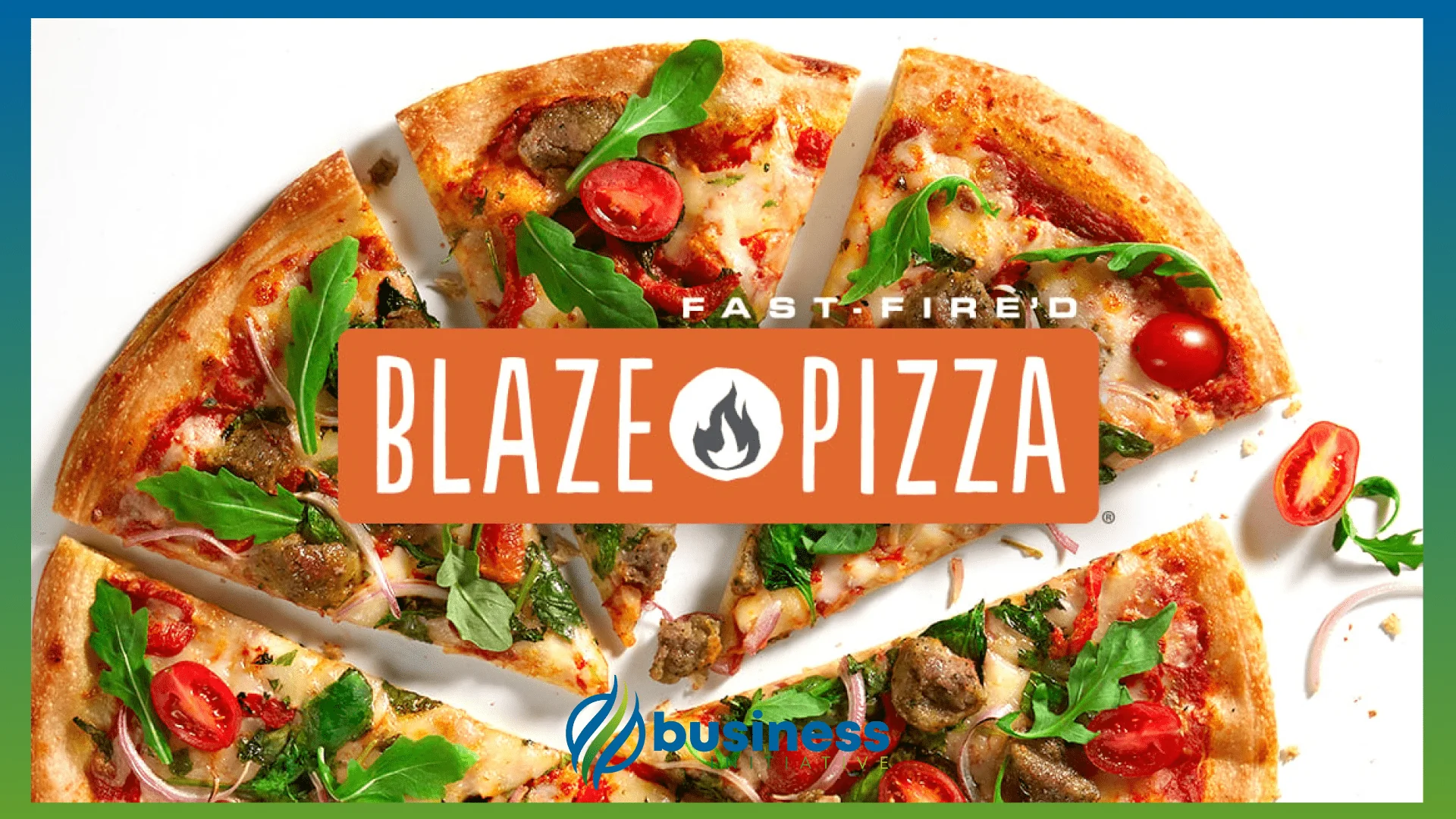
- USP: “Customizable pizzas, fast-fired in 180 seconds.”
- Overview: Blaze Pizza offers a personalized dining experience with customizable pizzas that are fast-fired in just 180 seconds, catering to the modern consumer’s desire for speed and personalization.
- Success: Rapid growth to over 300 locations in just a few years, with backing from celebrity investors like LeBron James.
- Lessons: Combining customization with speed can appeal to modern consumers’ desire for personalization and convenience.
- Source: Blaze Pizza
12. Spotify:

- USP: “Music for everyone.”
- Overview: Spotify revolutionized the music industry by offering a vast library of music accessible through both free ad-supported and premium subscription models, allowing users to stream music anytime, anywhere.
- Success: Spotify has grown to over 345 million active users, with 155 million paying subscribers as of 2021, becoming a dominant player in the music streaming industry.
- Lessons: Providing flexible options that cater to different user needs and preferences can drive widespread adoption and customer loyalty.
- Source: Spotify
13. Airbnb:
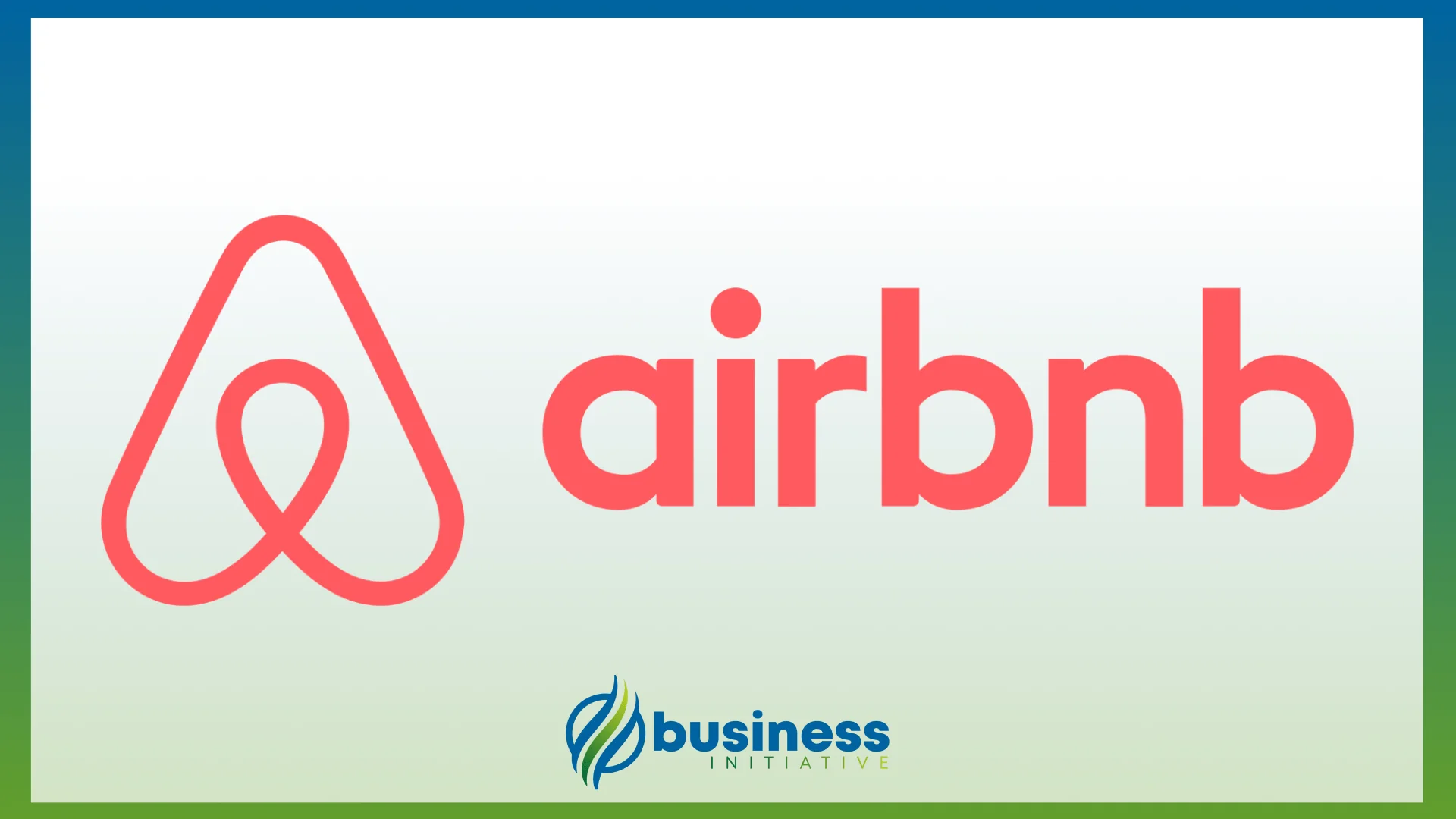
- USP: “Belong anywhere.”
- Overview: Airbnb disrupted the hospitality industry by allowing people to rent out their homes or spare rooms, offering travelers unique, personalized, and often more affordable lodging options.
- Success: Airbnb has hosted over 800 million guests since its inception in 2008 and continues to expand globally, with a valuation exceeding $100 billion.
- Lessons: Leveraging the sharing economy to create unique, customer-centric experiences can lead to massive industry disruption and success.
- Source: Airbnb
14. Patagonia:

- USP: “Build the best product, cause no unnecessary harm, use business to inspire and implement solutions to the environmental crisis.”
- Overview: Patagonia is an outdoor apparel brand known for its commitment to environmental sustainability, ethical sourcing, and high-quality, durable products.
- Success: Patagonia has built a loyal customer base that values sustainability and ethical business practices, contributing to its strong market presence and profitability.
- Lessons: Aligning your brand with strong ethical values and sustainability can attract dedicated customers and drive long-term success.
- Source: Patagonia
15. Zappos:

- USP: Exceptional customer service.
- Overview: Zappos offers a 365-day return policy and free shipping both ways, ensuring a hassle-free shopping experience. Their focus on customer satisfaction and company culture of going above and beyond for customers makes them stand out.
- Success: Zappos has achieved rapid growth and was acquired by Amazon for $1.2 billion, highlighting their strong market presence.
- Lessons: Prioritizing customer service can differentiate a brand and drive business success.
- Source: Zappos
16. Zoom:

- USP: “Video conferencing that just works.”
- Overview: Zoom provides a reliable, easy-to-use video conferencing platform that supports seamless virtual meetings, webinars, and online collaboration, crucial during the COVID-19 pandemic.
- Success: Zoom’s user base skyrocketed from 10 million daily meeting participants in December 2019 to over 300 million in April 2020, solidifying its position as a leader in remote communication.
- Lessons: Focusing on reliability and ease of use can lead to rapid adoption and customer satisfaction, especially during critical times.
- Source: Zoom
17. Peloton:
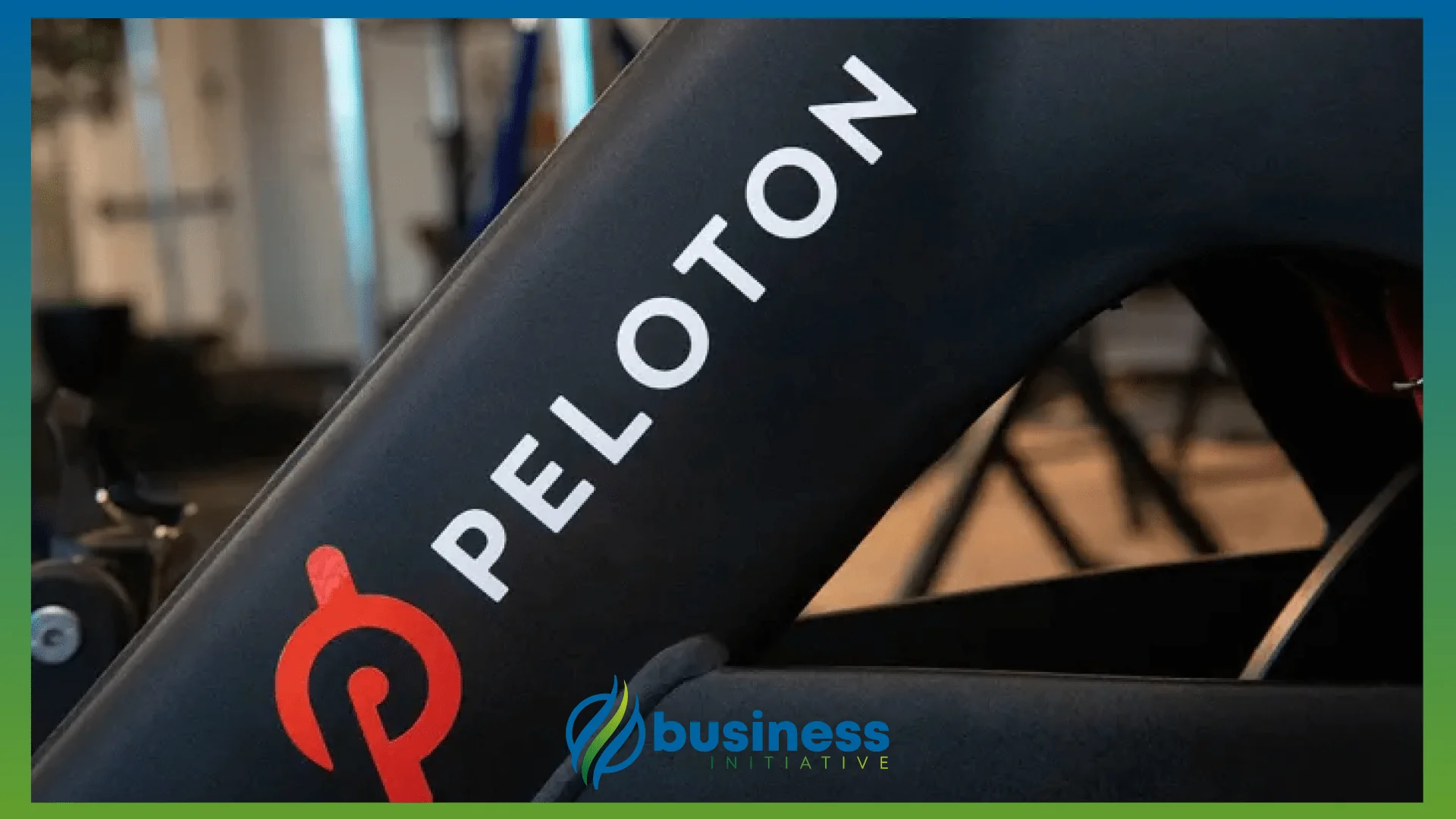
- USP: “The best cardio machine on the planet. Delivered.”
- Overview: Peloton offers high-quality exercise equipment combined with live and on-demand fitness classes, creating an immersive at-home workout experience.
- Success: Peloton’s innovative approach to home fitness has garnered over 4.4 million members as of 2021, with significant revenue growth and market presence.
- Lessons: Integrating technology with fitness to provide engaging, convenient, and motivating experiences can drive strong customer loyalty and business growth.
- Source: Peloton
Steps for Crafting Your Own Unique Selling Proposition

Identify Your Target Audience:
To craft a compelling USP, start by identifying your target audience.
This involves understanding their needs, pain points, and what they value most.
Conduct market research to gather insights.
Use surveys, focus groups, and social media listening to collect feedback directly from your audience.
Tools like Google Analytics can provide valuable data on customer behavior and preferences.
For example, if your target audience is young professionals seeking convenience, your USP should highlight how your product or service saves time and simplifies their lives.
Analyze Your Competitors:
Understanding what your competitors offer is crucial.
Analyze their strengths and weaknesses to find gaps in the market.
A SWOT analysis (Strengths, Weaknesses, Opportunities, Threats) can help you see where your business stands relative to the competition.
Identify areas where you can differentiate yourself.
For instance, if competitors focus on price, you might differentiate by emphasizing superior quality or exceptional customer service.
Tools like SEMrush and Ahrefs can provide insights into competitors’ strategies and market positioning.
Highlighting Unique Benefits:
Focus on benefits rather than features.
Benefits show how your product or service improves the customer’s life.
Real-life examples make these benefits tangible.
For instance, instead of saying “Our software has advanced security features,” highlight the benefit: “Our software keeps your data safe, giving you peace of mind.”
Consider how Starbucks emphasizes the “third place” experience – a unique environment between home and work where customers can relax and socialize, which differentiates it from other coffee shops.
Creating a Clear and Compelling Statement:
Your USP should be short, clear, and focused.
It should convey the unique benefit in a way that’s easy to understand and remember.
Here’s a simple structure for a powerful USP:
“For [target audience], [your product/service] offers [unique benefit] because [reason].”
Tips for Writing an Impactful USP:
1. Be Specific: General statements don’t stand out. Specificity creates a stronger impression.
2. Use Simple Language: Avoid jargon. Clear, straightforward language works best.
3. Highlight Benefits: Always emphasize what the customer gains.
4. Test and Refine: Use A/B testing to see which USP resonates most with your audience. Tools like Optimizely can help with this.
For example, FedEx’s classic USP, “When it absolutely, positively has to be there overnight,” is clear, specific, and highlights the benefit of reliable, fast delivery.
Another great example is M&Ms’ “Melts in your mouth, not in your hands,” which directly addresses a common pain point for candy lovers and emphasizes a unique benefit.
Implementing Your USP

Effectively implementing your USP involves consistent messaging across all channels, thorough team training, and regular measurement and refinement.
These steps ensure that your unique value proposition not only attracts customers but also retains them, driving sustained business success.
Integrating USP into Branding and Messaging:
Your USP must be woven into the fabric of your brand and consistently reflected in all your marketing channels.
This includes your website, social media, advertisements, and even customer service interactions.
Consistency ensures that your message remains clear and strong, reinforcing your unique value proposition in the minds of your customers.
For example, Warby Parker’s USP is centered around offering stylish eyewear at an affordable price while providing excellent customer service.
This message is consistently communicated across their website, social media, and marketing materials.
Their branding emphasizes affordability, style, and social impact, which aligns with their mission of providing a free pair of glasses for every pair sold.
To achieve cohesive branding, use tools like Canva for consistent design templates and Hootsuite for managing and scheduling social media posts.
These tools help maintain a uniform look and message across all platforms.
Training Your Team:
Ensuring that your team understands and effectively communicates your USP is crucial.
They are the ambassadors of your brand and must be able to articulate your unique value proposition confidently and clearly.
This requires comprehensive training.
Create scripts and training modules that detail the key aspects of your USP.
Role-playing exercises can be particularly effective in helping team members practice and perfect their delivery.
For instance, Zappos, known for its exceptional customer service, trains its employees extensively to ensure they embody the company’s USP in every interaction.
Their training program includes a four-week course focused on company culture and customer service skills.
Tools like Lessonly can help in creating interactive training modules, while platforms like Slack can facilitate ongoing team communication and reinforcement of the USP.
Measuring the Effectiveness of Your USP:
To ensure your USP is effective, you need to track specific metrics and key performance indicators (KPIs).
These might include customer acquisition rates, customer retention rates, and engagement metrics such as click-through rates on marketing campaigns.
Use analytics tools like Google Analytics and HubSpot to monitor these metrics.
For example, track how changes in your USP or its communication impact website traffic and conversion rates.
If your USP is resonating, you should see improvements in these metrics.
Gather feedback from customers through surveys and reviews to understand their perception of your USP.
Use tools like SurveyMonkey to create and distribute surveys easily.
Continuous improvement is key.
Analyze the feedback and performance data to refine your USP and its implementation.
This iterative process helps ensure that your USP remains relevant and compelling.
Common Mistakes to Avoid

Specific, achievable claims and a commitment to customer feedback are key to creating a compelling USP that drives business success.
By avoiding the following common mistakes, you ensure your USP is strong, credible, and resonates with your target audience.
Generic Claims:
Avoid vague and unsubstantiated statements.
A USP must be specific and clearly articulate what sets your business apart.
Generic claims like “best quality” or “excellent service” fail to resonate because they are too broad and overused.
Customers see through these empty promises.
Instead, highlight unique aspects of your product or service.
For instance, instead of saying “best quality,” specify what makes your quality superior.
Mention materials, craftsmanship, or unique processes.
A company like Dyson excels at this.
Their USP isn’t just about quality vacuum cleaners.
They focus on specific benefits like “advanced cyclone technology for powerful suction.”
Overpromising:
Ensure your USP is realistic and achievable.
Overpromising sets unrealistic expectations and leads to customer disappointment.
This erodes trust and damages your brand reputation.
Stick to promises you can consistently deliver.
For example, if you claim “fastest delivery,” make sure you have the logistics to back it up.
An illustrative case is FedEx.
Their promise, “When it absolutely, positively has to be there overnight,” is compelling but also based on robust logistics capabilities.
They can fulfill this promise reliably, reinforcing their credibility and customer trust.
Ignoring Customer Feedback:
Ignoring customer feedback is a critical mistake.
Feedback provides valuable insights into what customers value and areas needing improvement.
Regularly solicit and analyze feedback to refine your USP.
Adapt based on what customers say.
This shows you listen and care about their experience, which fosters loyalty.
For example, Slack continually evolves its platform based on user feedback.
They actively engage with users, gather feedback, and implement changes.
This iterative process helps them stay relevant and meet user needs effectively.
FAQs - Frequently Asked Questions About Unique Selling Propositions (USPs)
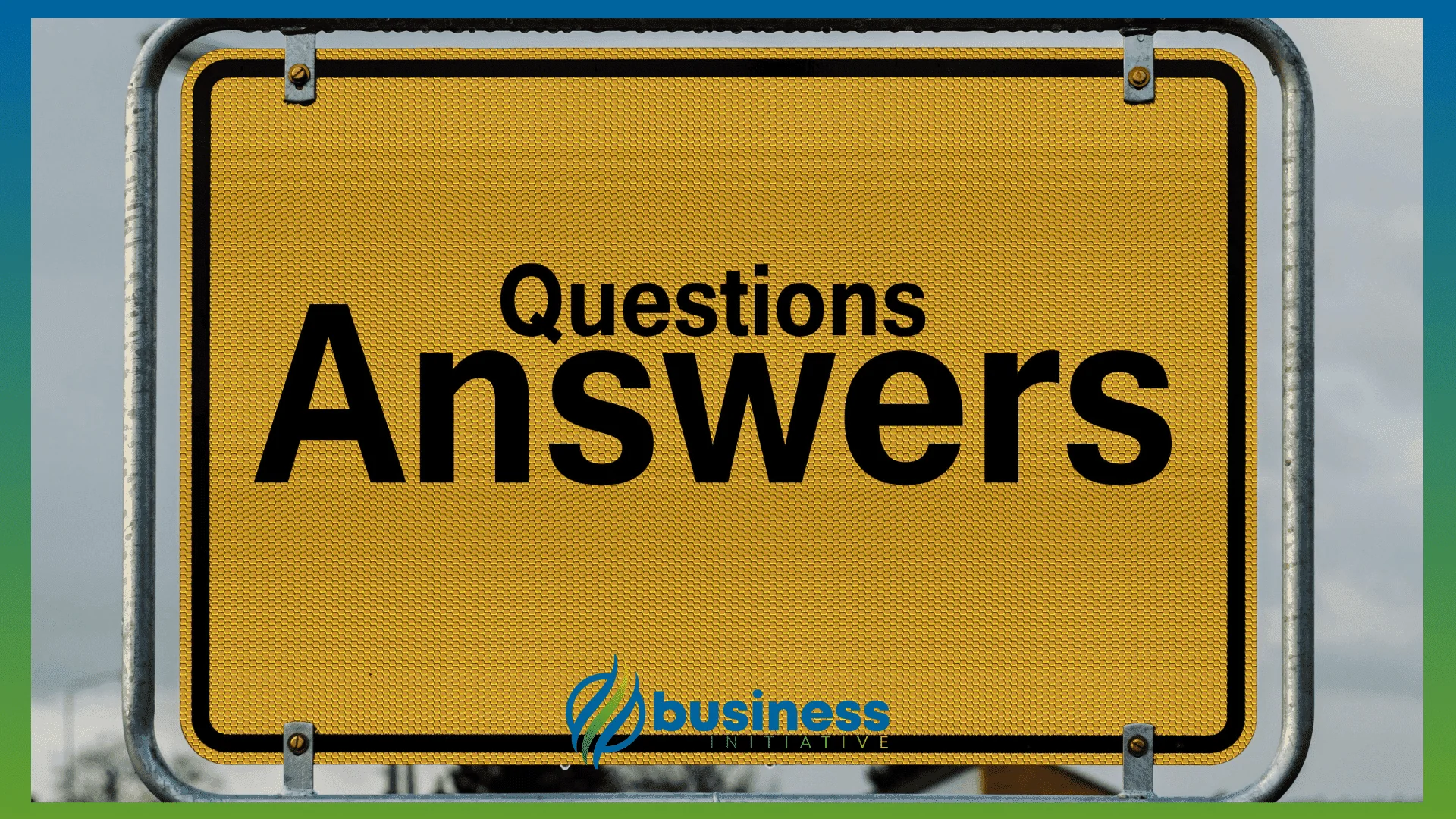
What is a Unique Selling Proposition (USP)?
A USP is a distinct reason why customers should choose your product over competitors.
It highlights the unique benefits and value your business offers.
Learn More...
A Unique Selling Proposition (USP) is a clear statement that defines what makes your product or service stand out from the competition.
It focuses on the specific benefits that make your business unique and compelling to customers.
A strong USP effectively communicates why your product or service is the best choice for a particular target audience, thereby helping you attract and retain customers.
Why is a USP important for business success?
A USP differentiates your business and attracts customers.
It provides a competitive edge and helps build customer loyalty.
Learn More...
A USP is crucial because it helps differentiate your business from competitors.
In a crowded market, a strong USP cuts through the noise, attracting potential customers by clearly communicating the unique value your business offers.
This differentiation not only helps in acquiring new customers but also in building long-term loyalty as customers come to trust and prefer your brand over others.
How can I identify my target audience for a USP?
Conduct market research to understand your audience’s needs and preferences.
Use surveys, focus groups, and social media listening.
Learn More...
To identify your target audience, start by conducting thorough market research.
This includes surveys, focus groups, and social media listening to gather direct feedback from potential customers.
Tools like Google Analytics can provide insights into customer behavior and preferences.
Understanding their needs, pain points, and what they value most will help you tailor your USP to resonate effectively with them.
How do I analyze my competitors when creating a USP?
Study their strengths and weaknesses.
Use tools like SWOT analysis, SEMrush, and Ahrefs.
Learn More...
Analyzing competitors involves studying their strengths and weaknesses to find gaps in the market.
Use a SWOT analysis (Strengths, Weaknesses, Opportunities, Threats) to understand where your business stands relative to the competition.
Tools like SEMrush and Ahrefs provide valuable insights into competitors’ strategies, helping you identify areas where you can differentiate your offering.
What are some examples of successful USPs?
Apple’s seamless integration of hardware and software.
FedEx’s reliable overnight delivery.
Learn More...
Successful USPs often come from a deep understanding of customer needs.
For example, Apple’s USP focuses on the seamless integration of hardware and software, offering an unparalleled user experience.
FedEx’s USP is based on their promise of reliable overnight delivery, encapsulated in their slogan 'When it absolutely, positively has to be there overnight.'
These clear and compelling USPs help these companies stand out in their respective markets.
How can I ensure my USP is clear and compelling?
Focus on benefits, not features.
Keep it short, clear, and specific.
Learn More...
To ensure your USP is clear and compelling, focus on the benefits your product or service offers rather than just the features.
Benefits show how your offering improves the customer’s life.
Your USP should be short, clear, and specific to make it easy to understand and remember.
For example, FedEx’s 'When it absolutely, positively has to be there overnight' is a concise, specific, and clear USP that communicates reliability and speed.
What mistakes should I avoid when creating a USP?
Avoid vague, generic claims.
Don’t overpromise; ensure it’s realistic.
Learn More...
When creating a USP, avoid vague and generic claims like 'best quality' or 'excellent service' as they fail to differentiate your business.
Ensure your USP is realistic and achievable; overpromising can lead to customer disappointment and damage your brand’s reputation.
Instead, make specific, credible claims that you can consistently deliver on.
Regularly update and refine your USP based on customer feedback to keep it relevant.
How do I integrate my USP into my branding and marketing?
Ensure consistency across all channels.
Communicate your USP in all customer touchpoints.
Learn More...
Integrating your USP into your branding and marketing involves ensuring consistent messaging across all channels, including your website, social media, advertisements, and customer service interactions.
This consistency reinforces your unique value proposition in the minds of your customers.
For example, Warby Parker communicates its USP of stylish, affordable eyewear with excellent service consistently across its website, social media, and marketing materials, creating a cohesive brand image.
How can I measure the effectiveness of my USP?
Track metrics like customer acquisition and retention rates.
Use tools like Google Analytics and HubSpot.
Learn More...
To measure the effectiveness of your USP, track specific metrics such as customer acquisition rates, customer retention rates, and engagement metrics like click-through rates on marketing campaigns.
Use tools like Google Analytics and HubSpot to monitor these metrics.
Additionally, gather customer feedback through surveys and reviews to understand how your USP is perceived.
Continuous improvement based on performance data and feedback ensures your USP remains relevant and compelling.
Why is customer feedback important for refining my USP?
Feedback helps you understand what customers value.
It allows you to adapt and improve your USP.
Learn More...
Customer feedback is crucial for refining your USP as it provides valuable insights into what customers value and areas needing improvement.
Regularly soliciting and analyzing feedback helps you understand how well your USP resonates with your audience.
Adapting your USP based on customer input shows you listen and care about their experience, fostering loyalty and ensuring your USP remains relevant.
For example, Slack continually evolves its platform based on user feedback, helping it stay effective and user-centric.
In Summary…
Creating a compelling Unique Selling Proposition (USP) is vital for setting your business apart in a crowded marketplace.
We’ve covered essential steps to craft a strong USP, starting with understanding what a USP is and its purpose.
You’ve learned how to identify your target audience, analyze your competitors, highlight unique benefits, and create a clear and compelling statement.
Through real-world case studies, you saw how small businesses leveraged strong USPs to achieve significant success.
We also explored the importance of implementing your USP consistently across all branding and marketing efforts, training your team to communicate it effectively, and measuring its success using specific metrics.
Moreover, we discussed common mistakes to avoid, such as making generic claims, overpromising, and ignoring customer feedback.
As a business owner, you have the power to shape how your brand is perceived.
Crafting a strong USP is a proactive step towards distinguishing your business and creating a loyal customer base.
By focusing on the unique value you offer, you can attract the right customers, build lasting relationships, and stand out from your competitors.
Remember, the effort you put into understanding your audience and refining your USP will pay off in increased customer satisfaction and business growth.
Now is the time to put these insights into action.
Start crafting or refining your USP today to ensure your business stands out and thrives.
Schedule a consultation call with Business Initiative today to get personalized guidance on developing a USP that truly resonates with your target audience.
Use our contact form to reach out and begin your journey towards a stronger, more compelling brand identity.
For ongoing tips and insights, subscribe to The Initiative Newsletter and follow us on X.
Stay updated with the latest trends and strategies to keep your business ahead of the competition.
By applying the information outlined in this article, you gain a clear strategy for differentiating your business.
You’ll attract more customers, foster loyalty, and drive growth through a well-defined and consistently communicated USP.
Don’t wait—take the first step towards a stronger business presence today.
Additional Resources
Creating a compelling USP requires careful planning and clear articulation.
Utilize the following resources to streamline the process and ensure you cover all critical aspects.
These tools and strategies provide the foundation for crafting a strong USP that effectively differentiates your business and attracts your target audience.
USP Creation Worksheets:
These worksheets guide you through the process of identifying your target audience, analyzing competitors, and highlighting your unique benefits.
They help structure your thoughts and ensure you don’t miss any essential elements.
Download comprehensive USP creation worksheets from HubSpot or Mind Tools to get started.
Recommended Reading and Courses:
Gain deeper insights and expand your knowledge by diving into these resources:
-
“Building a StoryBrand: Clarify Your Message So Customers Will Listen” by Donald Miller. This book provides a framework for creating a clear, compelling message that resonates with your audience.
-
“Purple Cow: Transform Your Business by Being Remarkable” by Seth Godin. This classic offers valuable lessons on how to stand out in a crowded marketplace.
-
Online courses like Coursera’s Marketing Strategy Specialization or Udemy’s Unique Selling Proposition Mastery provide structured learning paths and practical exercises.
Expert Interviews:
Learning from those who have successfully navigated the marketing landscape can provide invaluable insights and inspiration.
Here are a few experts whose perspectives can help you refine your USP:
-
Neil Patel: A renowned digital marketing expert, Neil Patel frequently shares his expertise on creating effective USPs and marketing strategies. His blog, NeilPatel.com, offers a wealth of information and practical advice.
-
Marie Forleo: An entrepreneur and marketing strategist, Marie Forleo emphasizes the importance of authenticity and clarity in messaging. Her interview series, MarieTV, features discussions with successful entrepreneurs and marketing professionals who share their secrets to success.
-
Seth Godin: A marketing guru and author, Seth Godin’s insights into creating remarkable products and services are timeless. His blog, Seth’s Blog, provides daily nuggets of wisdom on how to stand out and make an impact.
By using these templates and tools, diving into the recommended readings and courses, and absorbing insights from marketing experts, you can craft a USP that not only differentiates your business but also resonates deeply with your target audience.
These resources provide a solid foundation and ongoing inspiration to refine and perfect your unique selling proposition.
Sources
- Google Analytics
- SEMrush
- Ahrefs
- Optimizely
- NeilPatel.com
- MarieTV
- Seth’s Blog
- Slack Tech Stack
- Tesla
- Southwest Airlines
- Warby Parker
- Apple
- Dollar Shave Club
- Nike
- Innocent Drinks
- Amazon
- Rent the Runway
- TOMS Shoes
- Blaze Pizza
- Spotify
- Airbnb
- Patagonia
- Zappos
- Zoom
- Peloton
- HubSpot
- Mind Tools
- Purple Cow: Transform Your Business by Being Remarkable
- Building a StoryBrand: Clarify Your Message So Customers Will Listen
- Coursera
- Udemy
- Kurve


